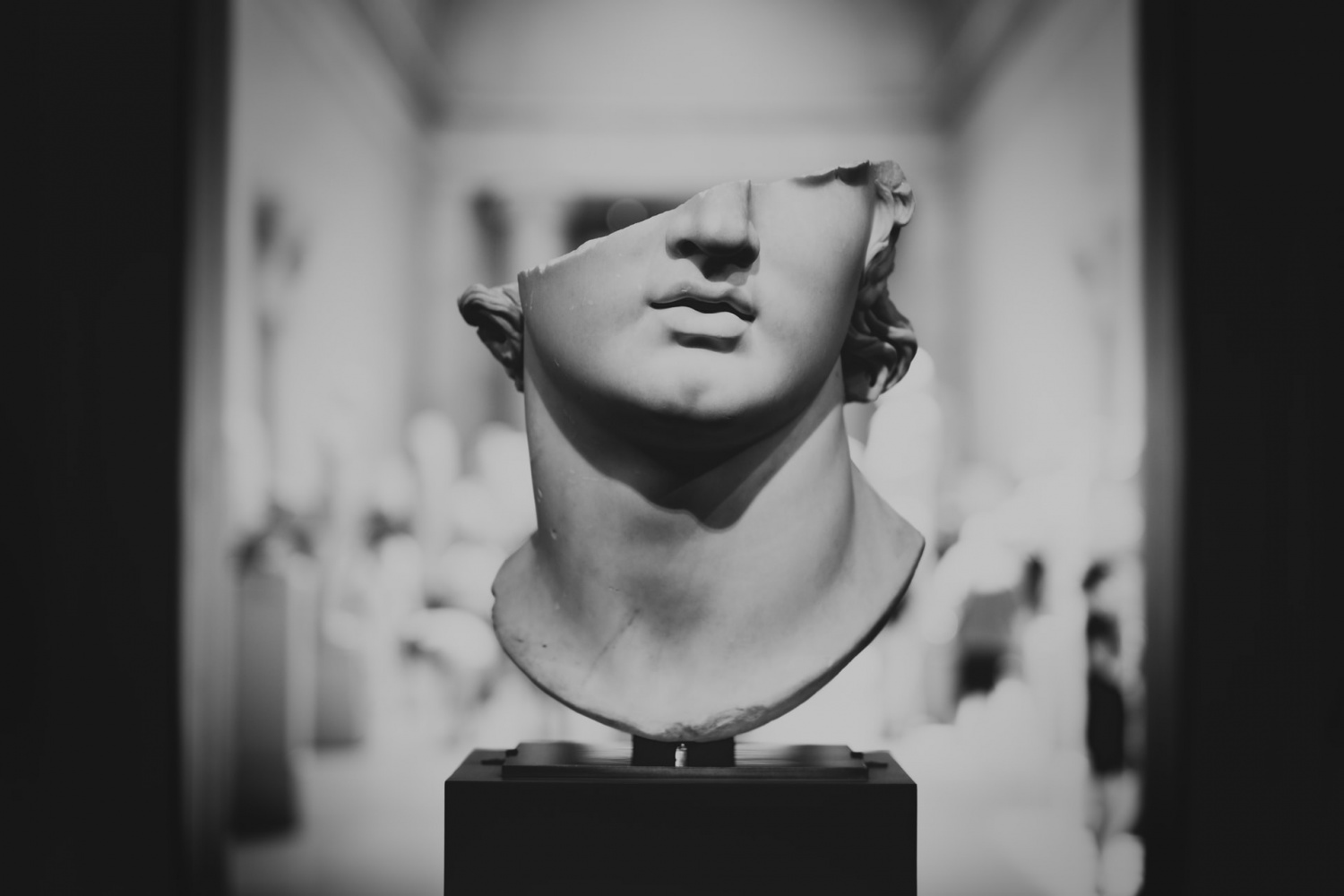Examining three of the biggest influences on Troubetzkoy's sculptures of the late 19th and early 20th centuries.
Contemporary critics often refer to the celebrated bronze sculptor Paul Troubetzkoy (1886-1938) as an Impressionist sculptor. Many have compared his creative approach to the approaches taken by Scapigliati painters, who interwove their subjects with wider contexts. However, sculptors adopted the Impressionist trend much later than painters, so the lifespan of Impressionist sculptures was only around a third of the lifespan of Impressionist paintings.
That said, Impressionist sculptors like Troubetzkoy achieved a huge level of artistic success during this time, influencing both one another and future artistic movements. Some of the biggest names in the development of the Impressionist form include Rodin, Bourdelle, Maillol, and Bernard. Then, artists like Zadkine, Archipenko, Lipchitz, and Moore developed the form.
Here, we'll explore three of the figures - two artists and a writer - who were some of Troubetzkoy's biggest influences: John Singer Sargent, Leo Tolstoy, and Auguste Rodin.
1. How Troubetzkoy Drew Inspiration From John Singer Sargent
Troubetzkoy famously didn't draw preparatory sketches before creating his portrait busts. Instead, his working methods produced busts that showed evidence of his creative process. This meant that while some areas of each bust appeared less worked, other areas appeared highly finished. It is because of this that many critics have grouped him in the Cosmopolitan Realist movement, alongside the artist John Singer Sargent.
Like Troubetzkoy, Sargent elongated his subjects in his works. This elongation contributed to his distinctive, contemporary style, which Andy Warhol said "made everybody look glamorous. Taller. Thinner. But they all have mood; every one of them has a different mood."
Sargent worked for only a few minutes in the early evening. He would pose his models for these few minutes, which was when the light was exactly right for his works. Sargent's friend Edmund Gosse described the artist's working method, noting that "he took up his place at a distance from the canvas, and at a certain notation of the light ran forward over the lawn with the action of a wag-tail, planting at the same time, rapid dabs of paint on the picture, and then retiring again, only, with equal suddenness, to repeat the wag-tail action. All this occupied but two or three minutes, the light rapidly declining".
Troubetzkoy and Sargent became close and even worked together in Sargent's London studio. One of Troubetzkoy's most famous works is a bust of GB Shaw that he created in this studio. Shaw noted that Troubetzkoy "worked convulsively, giving birth to the thing in agonies, hurling lumps of clay about with groans, and making strange, dumb movements with his tongue, like a wordless prophet".
2. How Troubetzkoy Drew Inspiration From Leo Tolstoy
One of the busts that most clearly demonstrates Troubetzkoy's sculptural vision is his bust of the Russian writer Leo Tolstoy, whose secretary noted that Troubetzkoy's interest in the writer was never literary. Troubetzkoy was not a book lover, and he never read any of Tolstoy's works. But he believed that Tolstoy had "a wonderfully sculpted head", making him an ideal subject for Troubetzkoy to work his imagination. The two became friends in Russia, and Tolstoy marvelled at Troubetzkoy's intricate works. Meanwhile, Troubetzkoy was also inspired by Tolstoy's humanitarianism views, which led him to change his friendship circles and stop eating meat.
3. How Troubetzkoy Drew Inspiration From Auguste Rodin
The French sculptor Auguste Rodin was another of Troubetzkoy's influencers. Rodin expanded the potential of Impressionist sculptures and is widely considered a founder of Modernist sculpture, namely because he would saw up plaster casts of his works. Rodin is also often seen in connection with the older sculptor Jean-Baptiste Carpeaux and Camille Claudel. There are also similarities between Troubetzkoy's and Claudel's works, which are particularly apparent in Claudel's Waltz, in which the sweep of the female partner's dress both anchors and conveys motion.
Rodin's sculptures gained an affinity with Impressionist practice because his works often appeared unfinished. That said, his link to the Impressionist movement always remained at the periphery. His innovative method of enhancing form and emphasising its characteristics rose to new heights at the World Fair, Paris, in 1900. This approach informed the artistic language and aesthetics of the early 20th century.
Troubetzkoy first met and worked with Rodin in the winter of 1905. He created a sculpted portrait of Rodin, in which the artist leans against a stump to waist height. He stands with his hands in his pockets, left leg slightly ahead of the other, looking ahead. The base of the sculpture is an irregular shape, roughly modelled.
Although Troubetzkoy adopted Rodin's interpretation of shapes and form, as shown in his irregular bases, roughly modelled shapes, and female figures emerging from the ground, there is a significant difference between the sculptors' styles. While Rodin fuelled his works with emotion and expressiveness, Troubetzkoy considered his works "immune to external influences". His elongated, elegant figures were more representative of a neutral style, which was indicative of an international society portraitist. Troubetzkoy had a rare ability to apply the principles of Impressionist sculpture to aristocratic and commercial contexts.
Sculptural Impression's Wider Impact
Sculptural Impressionism embraced open attitudes towards materials, surfaces, body shapes, and poses. This openness resulted in the form's rise and development, leading Impressionism to supersede many traditional 19th century techniques. As a result, Impressionism, particularly Troubetzkoy's works, paved the way for future art movements.
About The Troubetzkoy Archive Project
The Troubetzkoy Archive Project (TAP) is an in-progress central online database that showcases Troubetzkoy's life works. The database draws on several private and public collections from around the world, including an archive developed by the Troubetzkoy expert John Grioni. The entrepreneurial philanthropist James Drake launched TAP in 2019 when he returned from a visit to Verbania's Paesaggio Museum, which is home to approximately 350 of Troubetzkoy's bronzes, plasters, and marbles. As Drake and the Paesaggio Museum develop the collection, the project is set to offer invaluable resources for those studying and appreciating Troubetzkoy's works.















